lapwings and corn buntings
Lapwing season is almost upon us. Around the Estate you will see sheep grazed fields with refuge areas fenced off centrally for newly fledged birds. The parents choose these areas for a good hatch of garden chafers and other tasty invertebrates in the short-grazed grass.
Male corn buntings are also rattling away perched on the very top of hedge row trees. This according to Thomas Bewick in his early book on British birds, is for the ‘entertainment of the females’. The periodic jangling may be the only bird song of hot drowsy summer afternoons. Corn Buntings which are polygamous, are late breeders. They feed their chicks on cereals, other seeds and a wide variety of invertebrates. Their practice of nesting near ground level in thick grass or in cereal crops, puts them at extreme risk of modern harvesting techniques. However, a few minutes spent observing birds feeding chicks can help identify the approximate area of the nest. Often, this will be in the rough grass around the periphery of the field, close to a patch of hogweed or wild parsnip. I would never try to actually find the nest because this would lead to excessive disturbance and consequent desertion; but when cutting a field for hay or silage, we will leave an extra wide margin around the area where we believe the birds to be nesting.
I have sometimes found buntings nesting the middle of a cereal crop. In that case, I delay harvesting by moving to an alternative field, thus allowing the chicks to fledge.
Field margins and a few rough areas providing pollen and nectar strips, create good habitat and breeding opportunities for these threatened birds.
With these management practices we were able to increase the Corn Bunting population from one pair to around twelve breeding pairs in 2017. Apparently at the time, the whole of Hampshire had only around 30 breeding pairs. This demonstrates the appalling impact that modern agriculture has had on the Corn Bunting but it also shows that with care populations can and should be encouraged to recover.
Henry Edmunds FRES
